GE URSHA Power Supply: Makes Factories Work Better In factories all over the world, it's super important for the machines to have power that is steady and works well. This helps everything run without problems. The URSHA Power Supply from GE is a new power box that does this job really well. More and more factories are using it because it's strong and you can trust it. This article will tell you why this power box is good and how it helps factories make more things and work without stopping. What is the URSHA Power Supply? The GE URSHA Power Supply is a special box that gives power to the machines in factories. It uses new ways to change power so that things like PLCs (the brains of the machines), DCSs (big control systems), and SCADA (systems that watch and control everything) always have the power they need. It doesn't matter if the factory is making lots of things or just a few, or if it's controlling how much energy is used – the URSHA Power Supply keeps the power on. Why is the URSHA Power Supply Good? Changes Power Well: This power box changes the power from the wall into the power the machines need without losing much energy. It works great whether the machines need a lot of power or just a little. Works with Different Machines: It can give steady power to many kinds of machines, even if they suddenly need more or less power. It's smart and changes how much power it gives to save energy. Keeps Everything Safe: It has special ways to stop bad things from happening, like too much power, getting too hot, or electricity going the wrong way. This keeps the machines safe so they don't break down. Gives Steady Power: It makes sure the power it sends to the machines is always the same. Even if the power from the wall isn't steady, the URSHA Power Supply keeps the machines working right. Where Do Factories Use It? Making Things Automatically: Modern factories have lines of machines that make things by themselves. These machines need power that never stops. The URSHA Power Supply is perfect for this because it keeps everything running smoothly. Controlling Big Systems: Factories use big computer systems to control robots, watch how much power is used, and manage things like heat and air. The URSHA Power Supply works with these systems to make sure everything is controlled correctly, even in tough factory environments. Managing Energy Use: Factories that want to use less energy need to watch how much they are using. The URSHA Power Supply gives steady power to the machines that do this watching, helping the factory save energy and money. How Does the URSHA Power Supply Help Factories? Machines Don't Stop: Because it gives power that is always steady, the machines that control the factory work better and break down less. This means the factory can keep making things without stopping. Saves Money on Fixes: This power box is strong and lasts a long time. It keeps working well, so the factory doesn't have to spend money fixing broken machines as often. S...
Read More
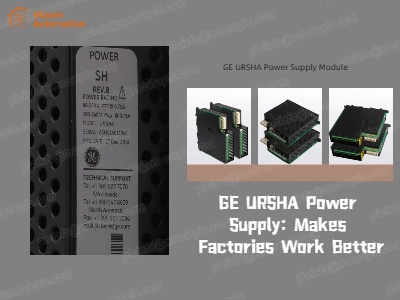
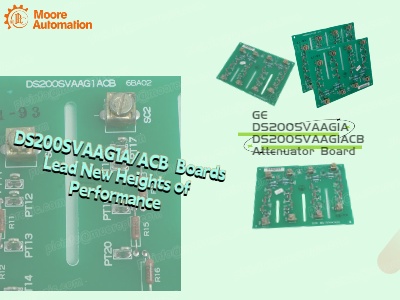
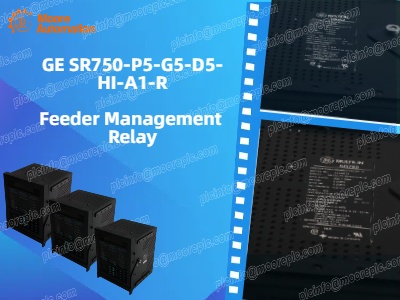
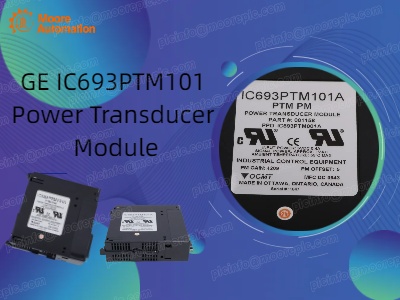
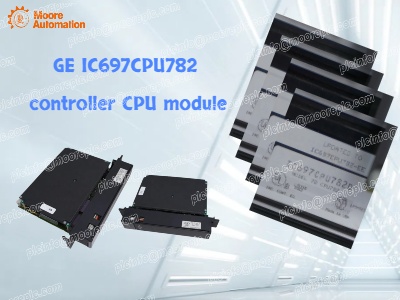
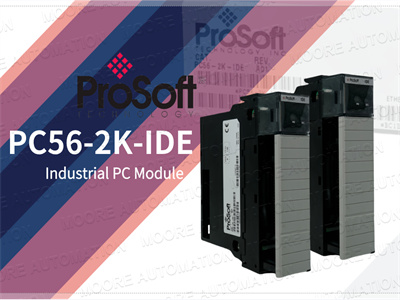
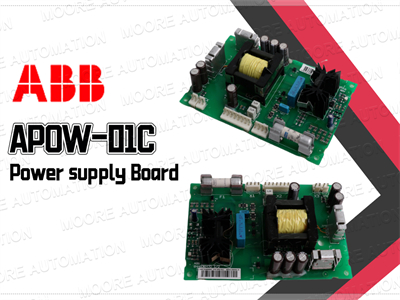

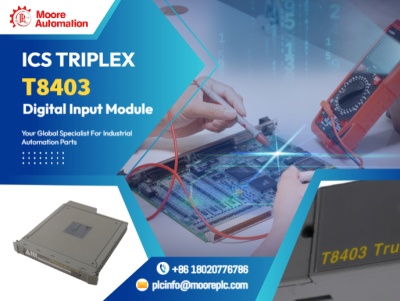

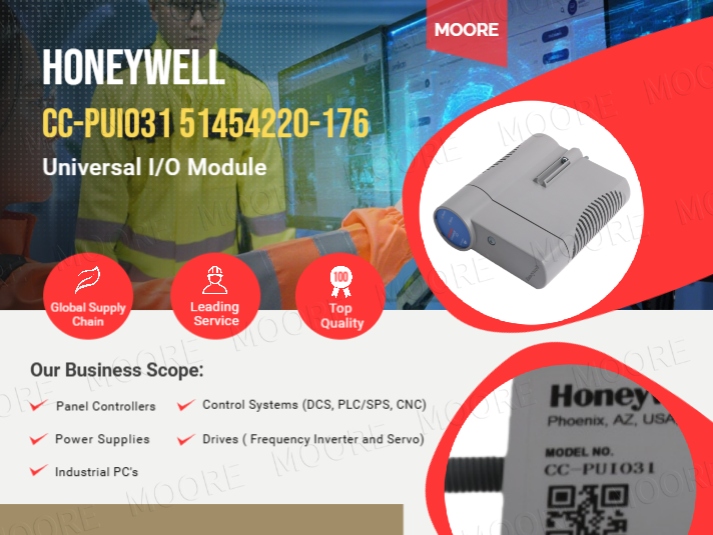
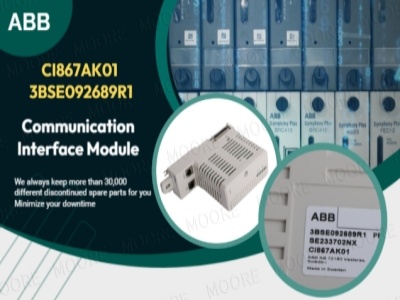
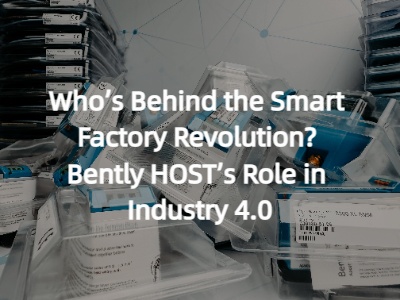











 IPv6 network supported
IPv6 network supported